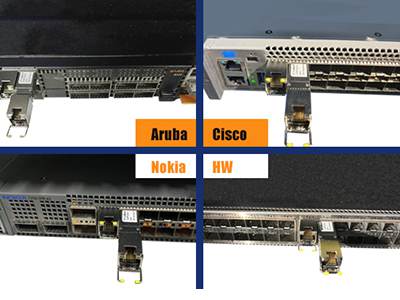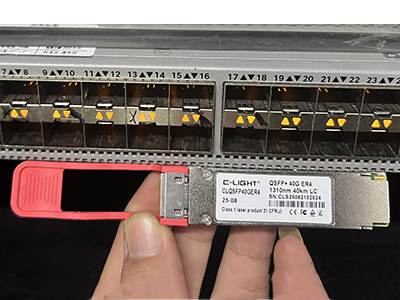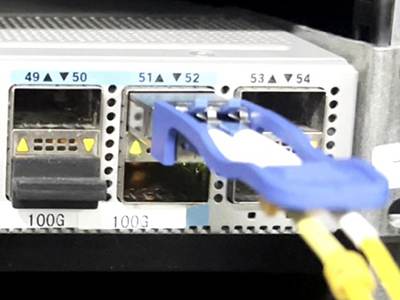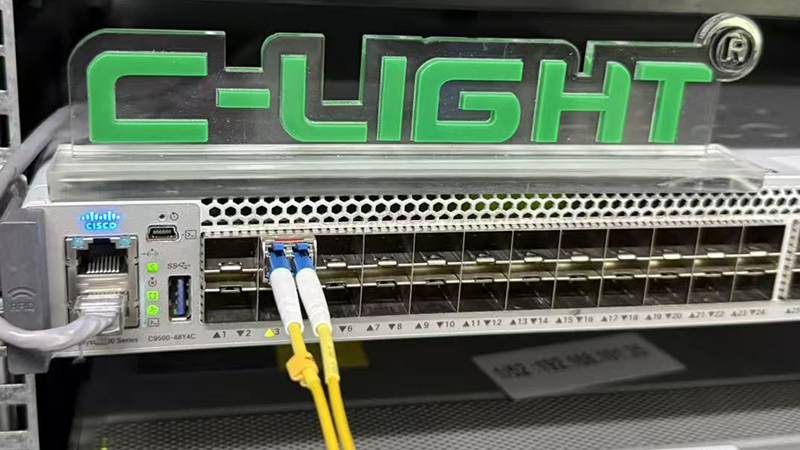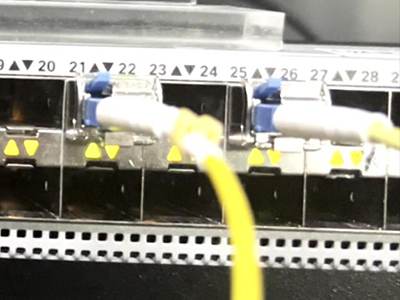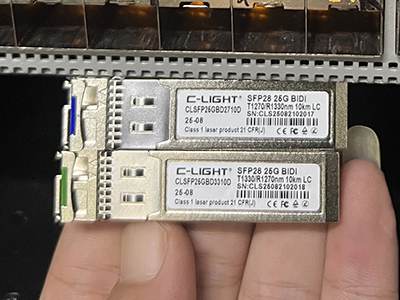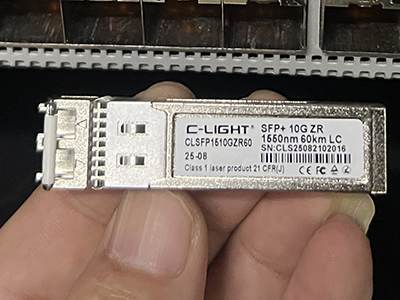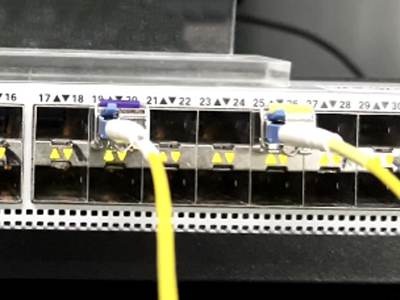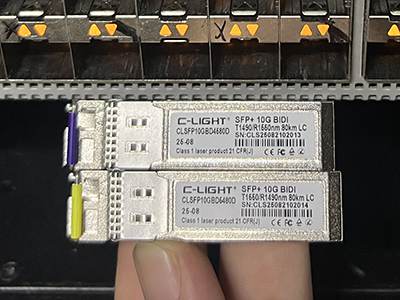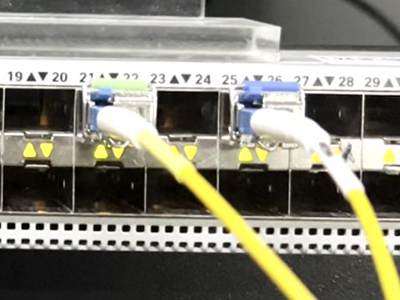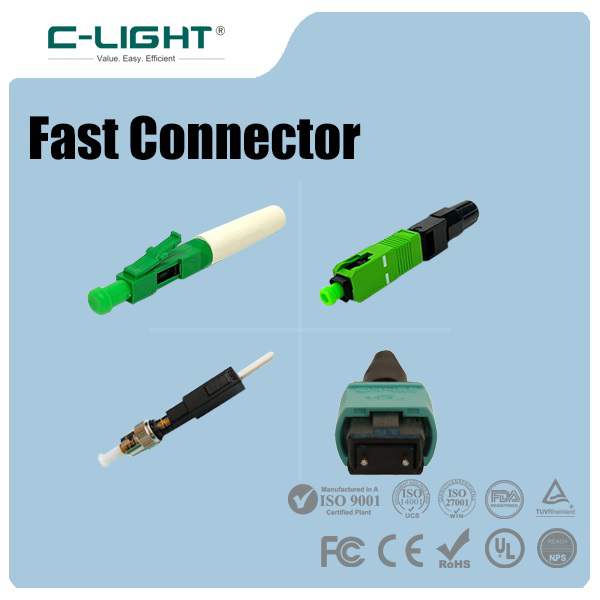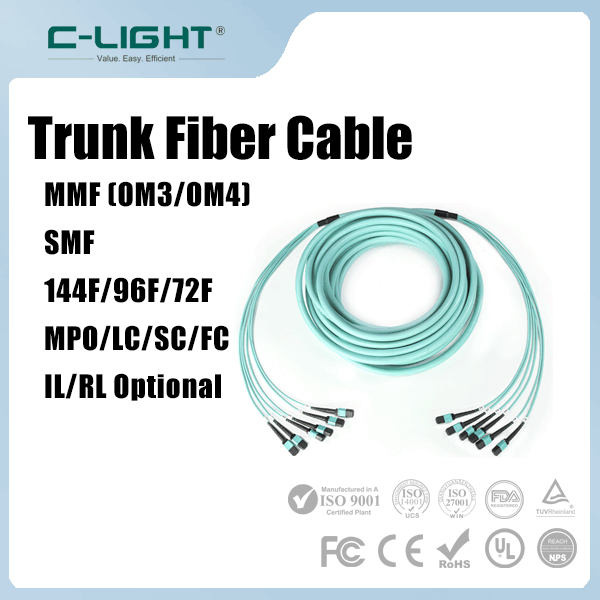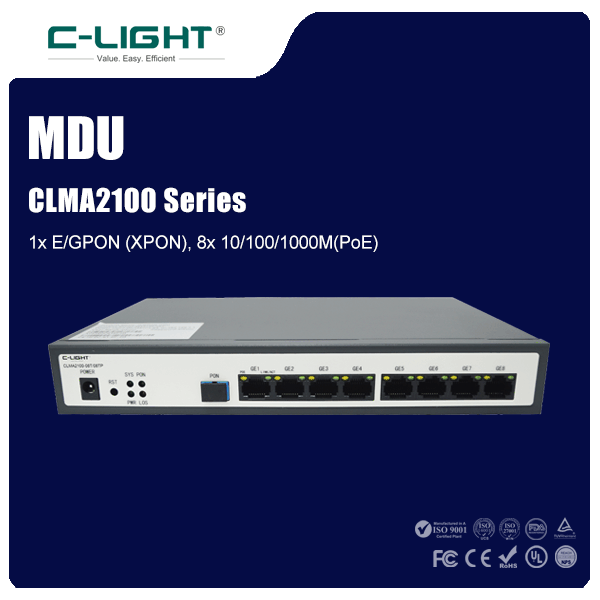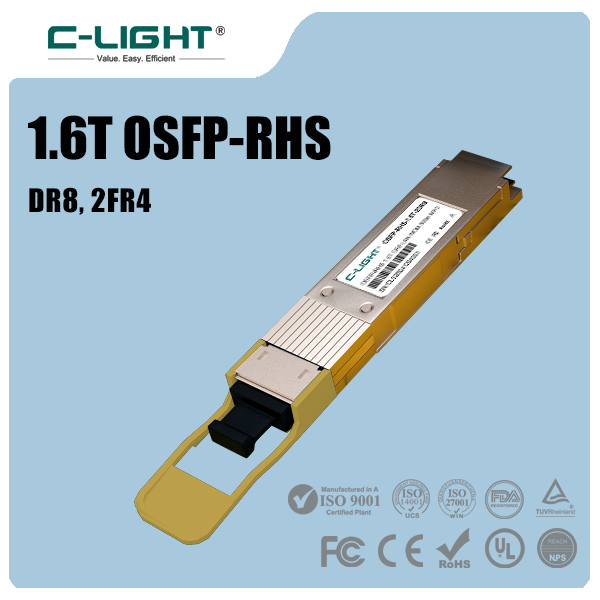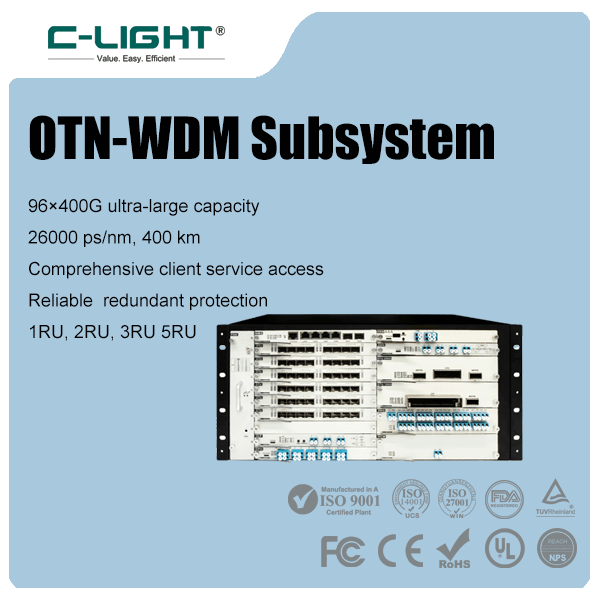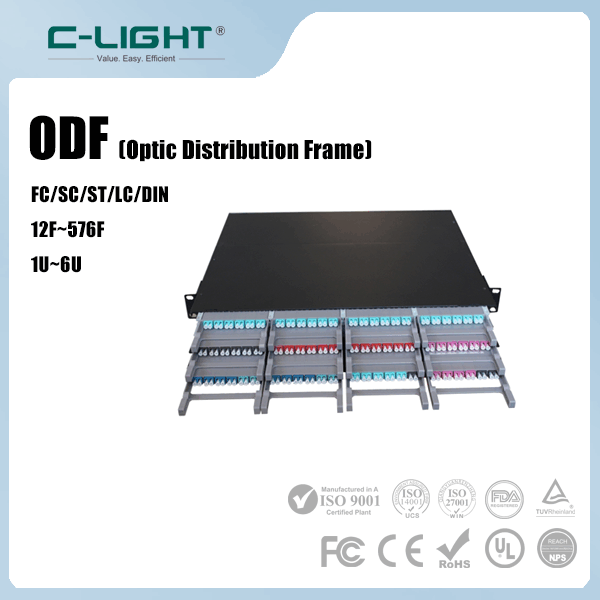
10 Gbps passive optical network (10G-PON) is a next-generation solution following the current-generation gigabit passive optical network (GPON) (ITU-T G.984) and Ethernet passive optical network (EPON) (IEEE 802.3ah) solutions, basically offering higher bandwidth and additional features. Like its predecessors, 10G-PON will allow multiple users to share the capacity over a passive fiber-optic “tree” infrastructure, where the fibers to individual users branch out from a single fiber running to a network node. In September 2009, the Institute of Electrical and Electronics Engineers (IEEE) approved 802.3av as a 10G-EPON standard, including both 10/1 Gbps and symmetrical 10 Gbps implementations. In October 2010, the International Telecommunication Union (ITU) approved the ITU-T G.987.1 and G.987.2 10G-PON standards with asymmetrical and symmetrical implementations.Asymmetrical 10G-PON (specified by the Full Service Access Network [FSAN] as XG-PON1) provides 10 Gbps downstream and 2.5 Gbps upstream. Symmetrical 10G-PON (specified by FSAN as XG-PON2) provides 10 Gbps both ways.10G-PON uses different downstream and upstream wavelengths (1,577 nanometers [nm] and 1,270nm respectively) to those used by GPON, so that both systems can coexist on the same fiber architecture. This allows communications service providers (CSPs) to supply GPON services to the majority of their subscribers, while providing higher-bandwidth 10G-PON to premium subscribers, such as enterprises, or for the deployment of broadband to high-density multidwelling units.
This article is edited by C-light Network. Please contact us if any future opportunities arise where we can be of service to you.
 TEL:+86 158 1857 3751
TEL:+86 158 1857 3751 













































